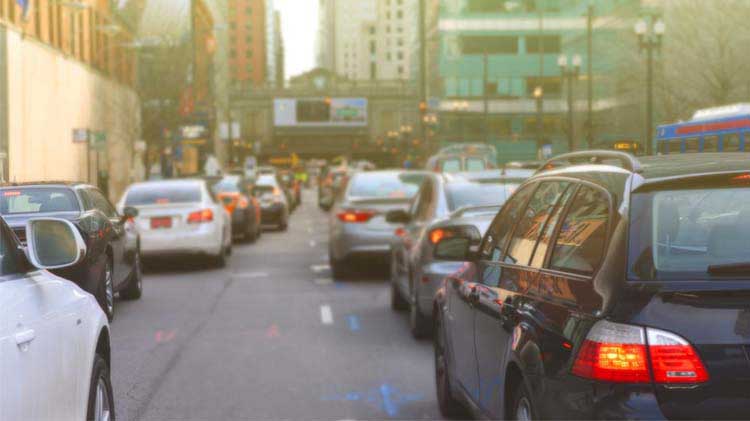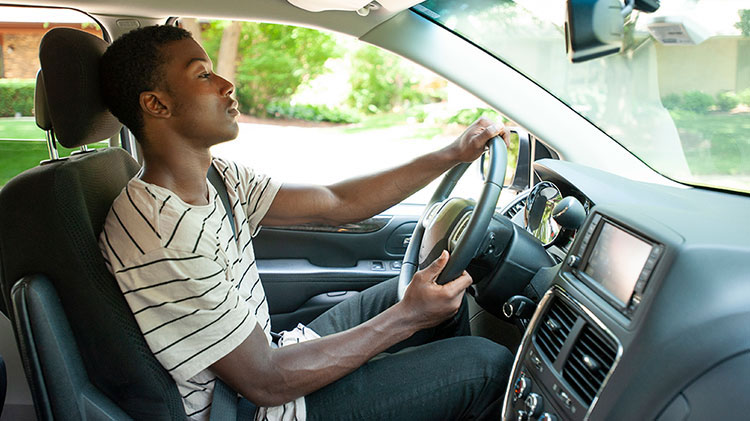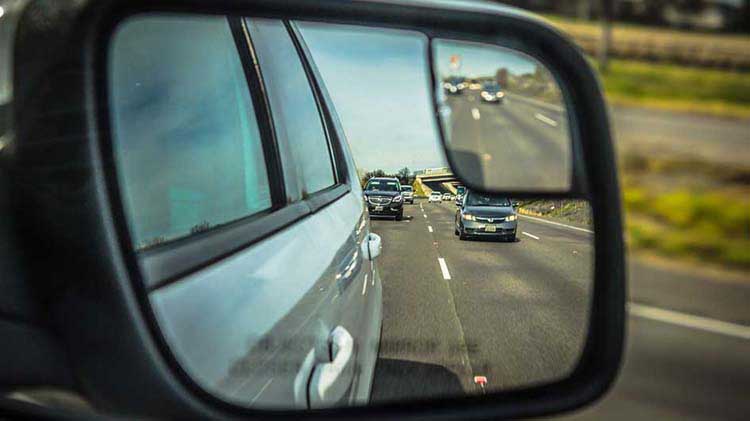Driving tips for traffic jams
Getting stuck in traffic is unavoidable sometimes, so here's how to be safer about it.
In 2020, American drivers, on average, spent 26 extra hours in their car due to traffic congestion. That's a drop from 2019, but it's still the equivalent of over a day. Help keep the roads safe with these driving tips for traffic jams:
Make smart driving decisions in heavy traffic
- Avoid aggressive driving and weaving from lane to lane.
- Keep a safe distance, at least three seconds, between you and the vehicle ahead of you. This will help you avoid frequent braking and rear end collisions.
- Watch the traffic ahead closely. When cars in front brake, take your foot off the accelerator to slow down gradually before you brake. Be cautious not to brake abruptly.
- Stay focused. Keep your mind on driving by avoiding distractions such as eating or using your cell phone.
Follow driving fundamentals in a traffic jam
- Use your blinkers when changing lanes or merging. Most state laws require activating blinkers at least 100 feet before merging or turning, but some states require at least 200 feet.
- Use your mirrors to monitor the areas around your car. Perform head checks to check your blind spots before changing lanes or merging.
- Use the length of the acceleration lane to merge safely into traffic.
- Be responsible with technology, and plan ahead. Before you start your trip, check traffic apps on your phone or listen to radio reports to avoid congested areas. If you're worried about encountering heavy traffic during your commute, take time before you leave to map out an alternate route on your GPS.
- On narrow lanes, make sure you stay centered in your lane and don't cut corners.




